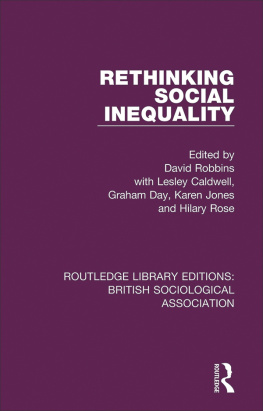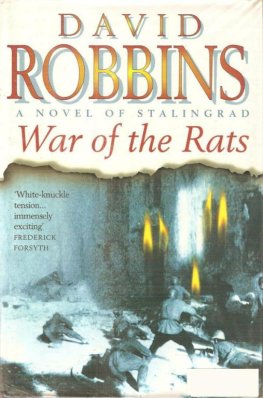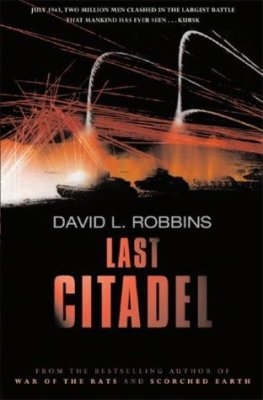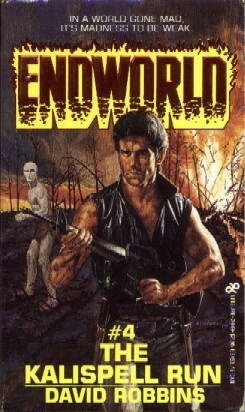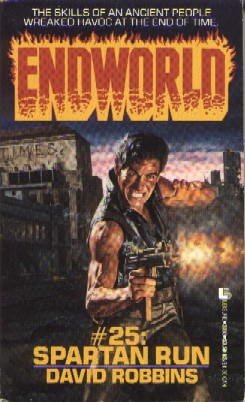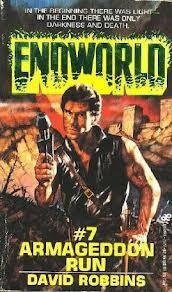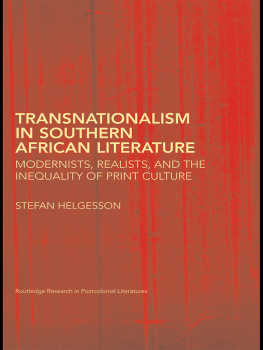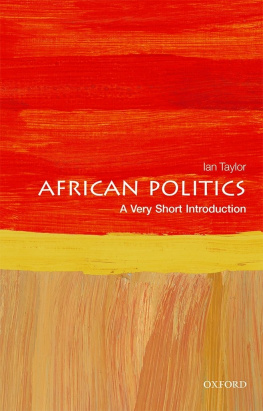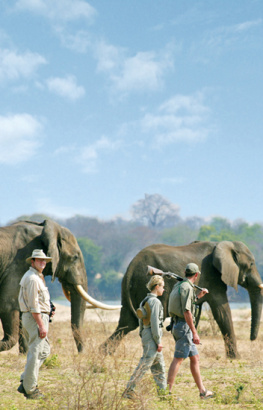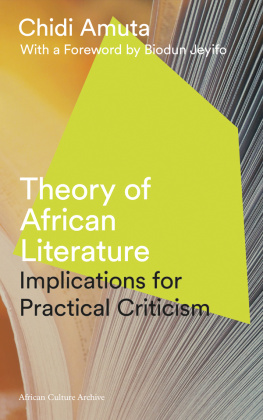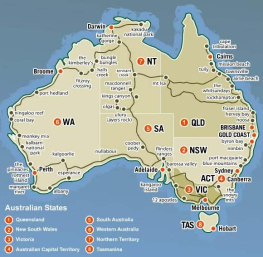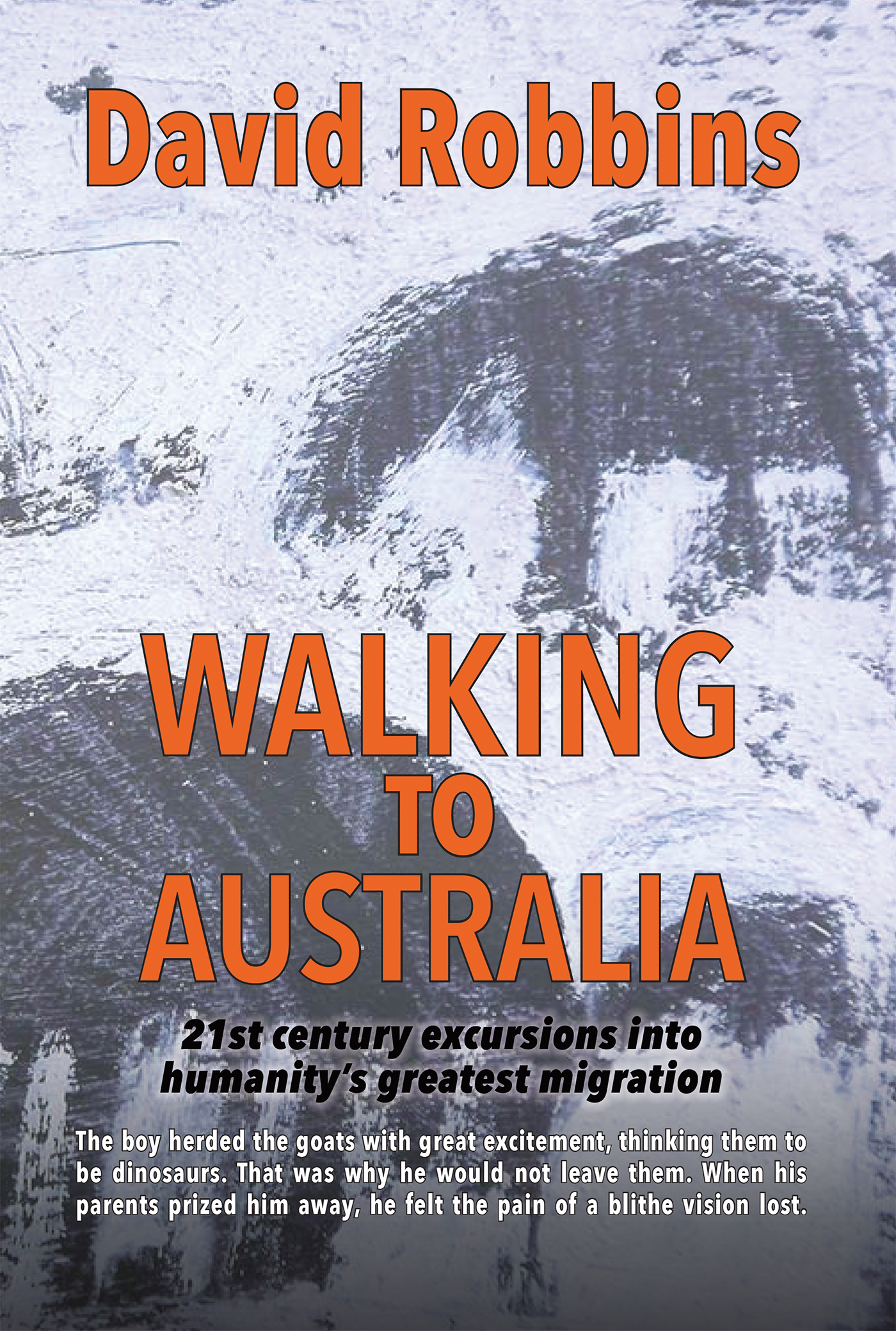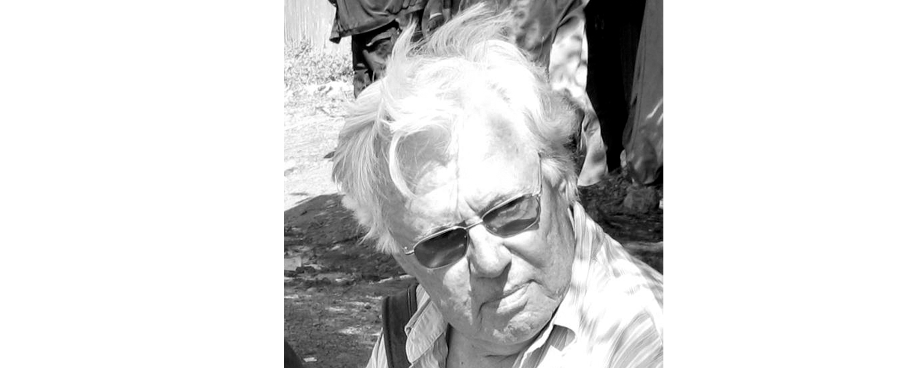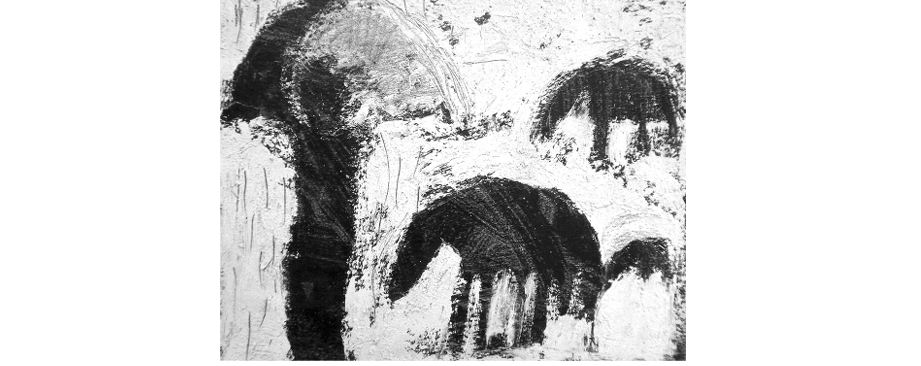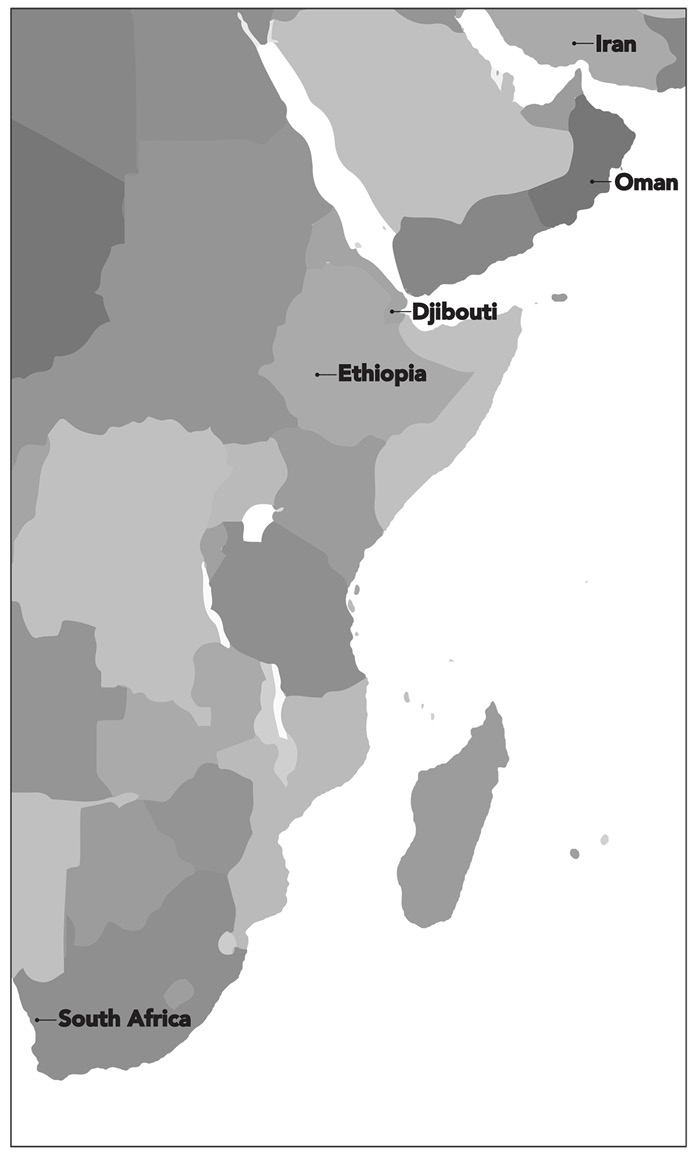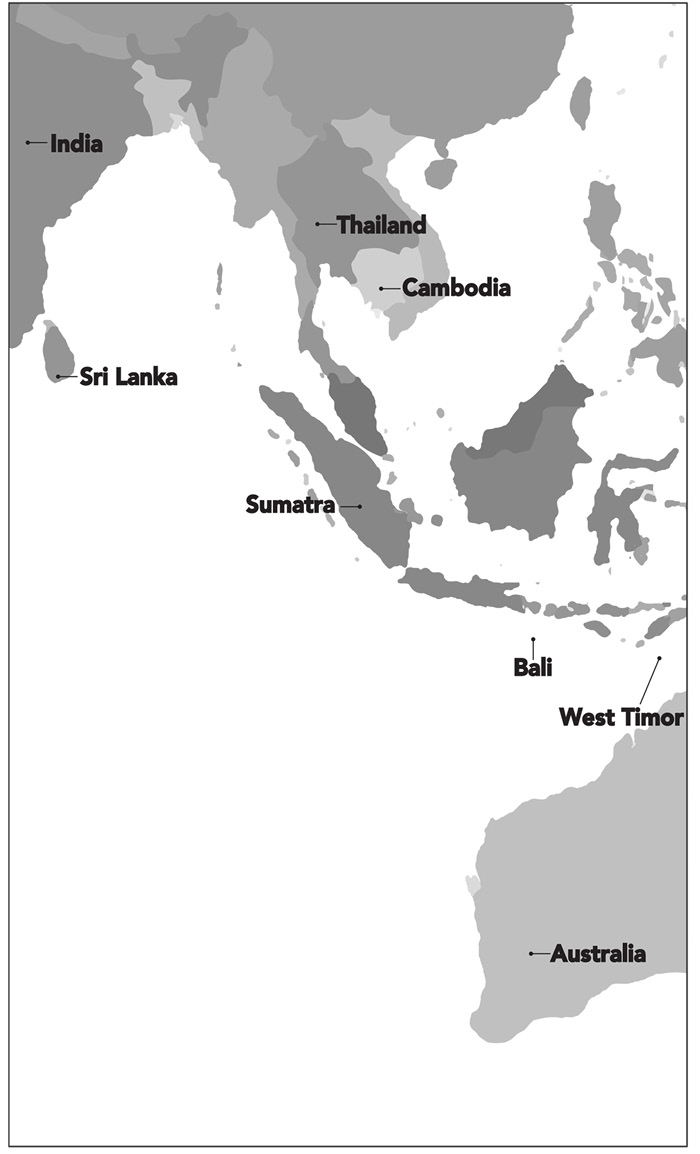David Robbins - Walking to Australia
Here you can read online David Robbins - Walking to Australia full text of the book (entire story) in english for free. Download pdf and epub, get meaning, cover and reviews about this ebook. year: 2018, publisher: The Book Guild, genre: Detective and thriller. Description of the work, (preface) as well as reviews are available. Best literature library LitArk.com created for fans of good reading and offers a wide selection of genres:
Romance novel
Science fiction
Adventure
Detective
Science
History
Home and family
Prose
Art
Politics
Computer
Non-fiction
Religion
Business
Children
Humor
Choose a favorite category and find really read worthwhile books. Enjoy immersion in the world of imagination, feel the emotions of the characters or learn something new for yourself, make an fascinating discovery.

- Book:Walking to Australia
- Author:
- Publisher:The Book Guild
- Genre:
- Year:2018
- Rating:5 / 5
- Favourites:Add to favourites
- Your mark:
Walking to Australia: summary, description and annotation
We offer to read an annotation, description, summary or preface (depends on what the author of the book "Walking to Australia" wrote himself). If you haven't found the necessary information about the book — write in the comments, we will try to find it.
A year before receiving this acknowledgement of his contribution to local literature, he had already embarked on the major project currently under discussion. Several visits to Australia had ignited his interest in the Out-of-Africa hypothesis of modern humanitys peopling of the world. Walking to Australia has been the result of extensive travel in the countries occupying the northern shores of the Indian Ocean, and of seven years of intermittent researching and writing.
The book describes a 21st century journey following the direction taken by anatomically modern humans who left the African nursery around 80000 years ago and reached Australia 20000 years later. Along the way, they laid the genetic foundations for humanitys oldest civilizations and ultimately inhabited every corner of the globe.
The result of these travels is not a scientific treatise. Although the science is not ignored, the centre lies elsewhere. The author undertakes this west-to-east endeavor in the imagined company of his autistic grandson, who serves both as confidant and as a human archetype. This allows the book to verge upon a unique blend of factual travel writing and an almost magical internalised interpretation. What the two travellers find together is a tangle of new experiences and responses, from which the linkages between primeval past and complex present gradually emerge. Here is a work of literary travel writing that describes an enchanted journey through some of the ancient places of the world and into the currently deeply troubled heart of the human adventure.
The evidence encountered on the journey suggests that a fundamental universality of humanitys place in the cosmos lies beneath all regional differences and is characterised as much by humility and co-operation as it is by the imperative to survive and/or the will to power. The book does not set out to prove a point, however, but to celebrate the complexity of human responses. It is more a creative work than it is a dissertation with an unambiguous conclusion. Nevertheless, the bibliography gives an indication of some of the sources used, which includes the work of historians, archaeologists, political scientists, biographers and psychologists, as well as authors writing on the various religions of the world.
David Robbins: author's other books
Who wrote Walking to Australia? Find out the surname, the name of the author of the book and a list of all author's works by series.

